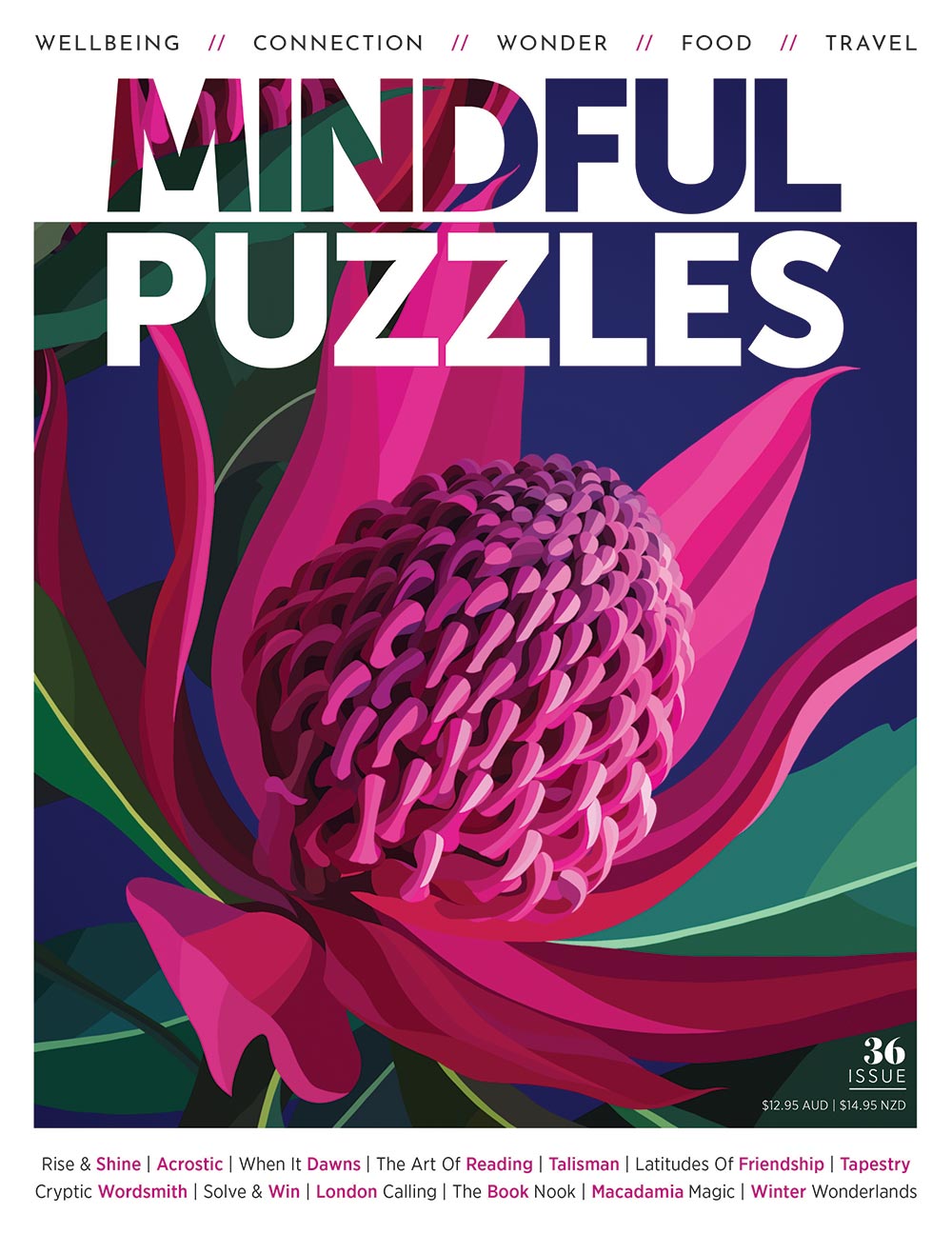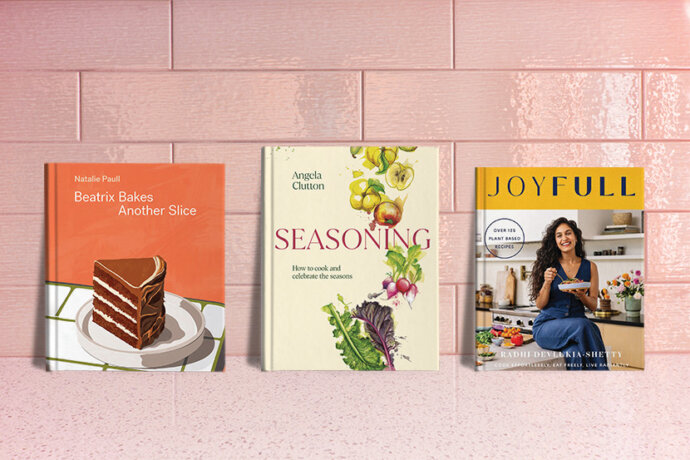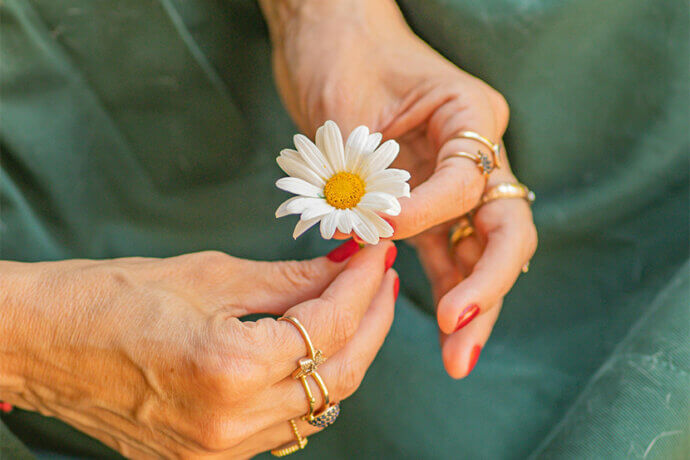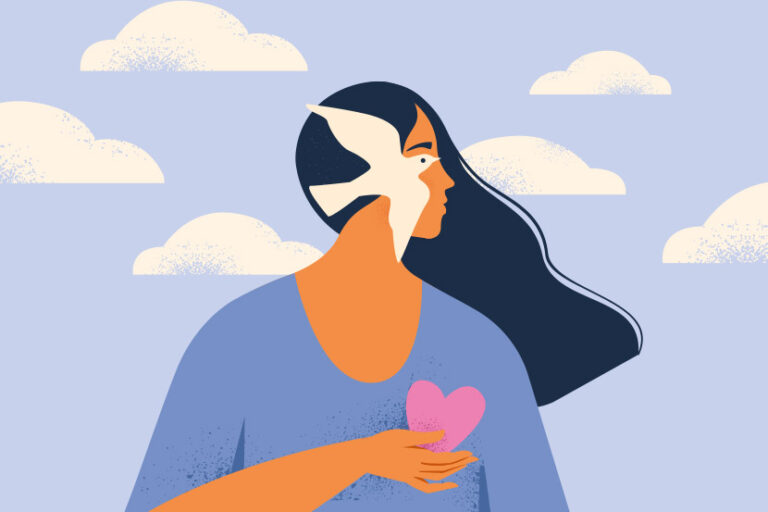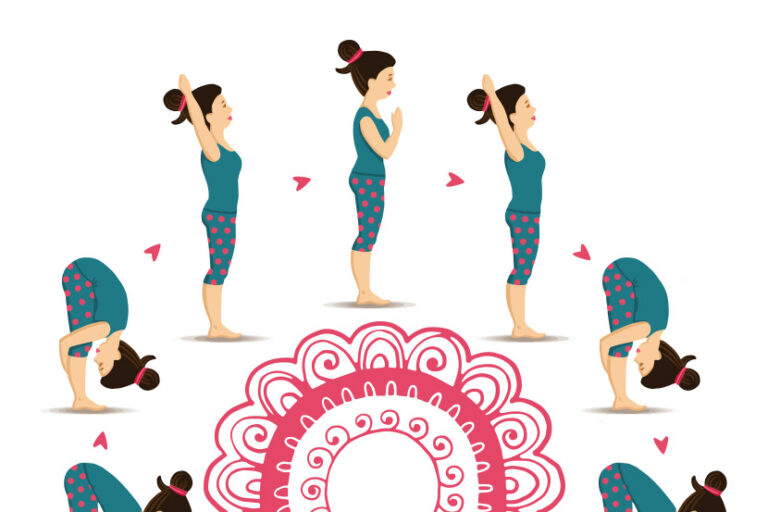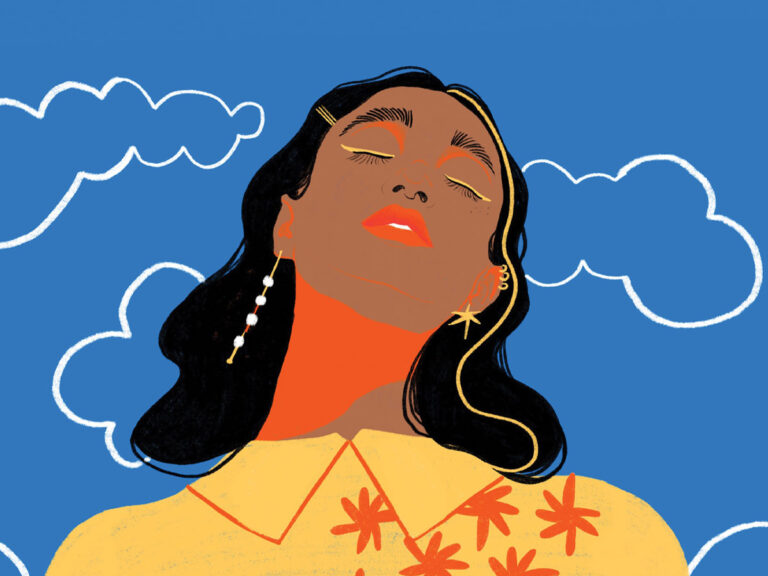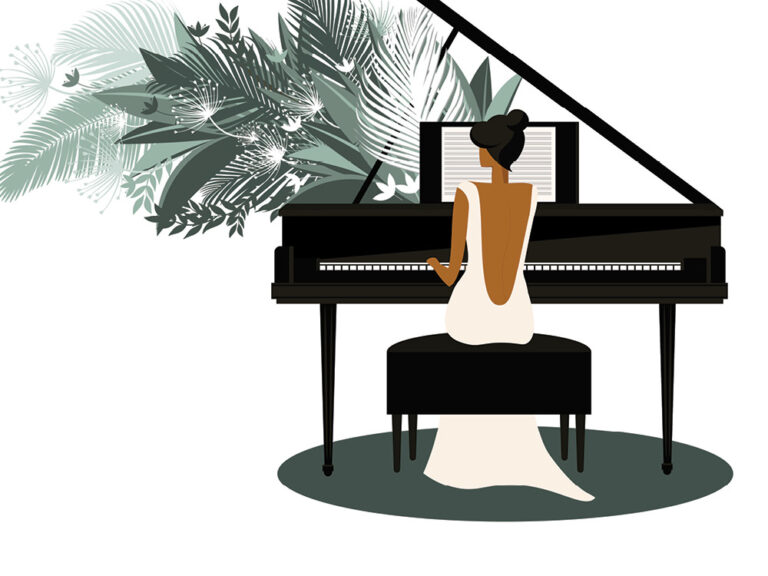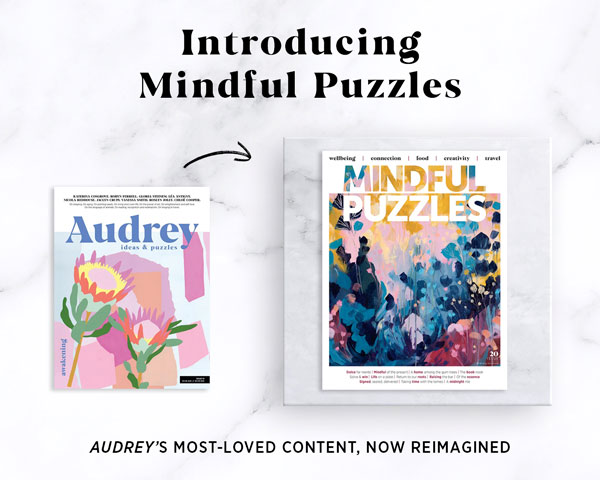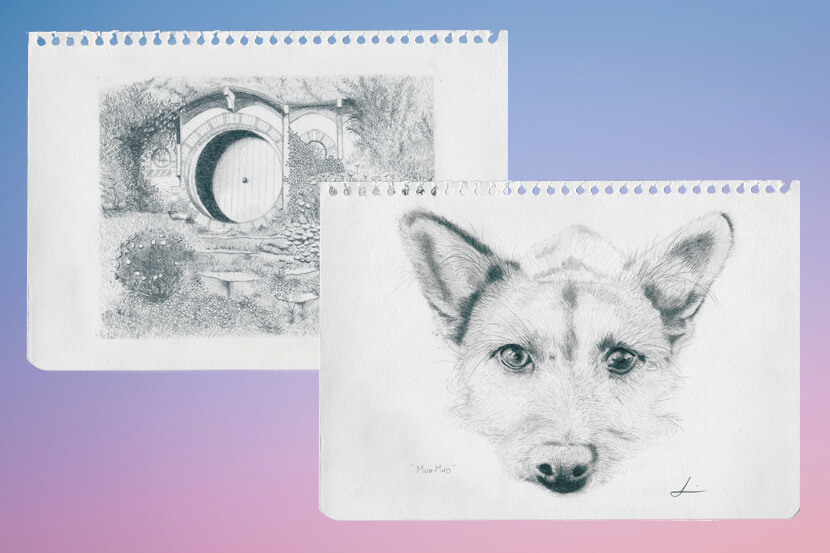
Pablo Picasso said that ‘every child is an artist.’ When we’re young, we draw with carefree abandon, and escape into whimsical realities all our own. So why is it that when we age, our desire to draw dwindles? Here comes the second part of Picasso’s point – ‘the problem is how to remain an artist once we grow up.’
Artistry in childhood
As a child I loved to draw. A quick doodle in the corner of a school workbook. A sketch of my beloved dog Boof. An elaborate landscape of a fantastical realm that otherwise only existed in my imagination. I had always loved books and stories. Dad would read to me about Bilbo of Bag End; the wise old Lorax who speaks for the trees; a boy who lived in Neverland and refused to grow up. And I could see them. In my mind’s eye I was with them on their adventures, within worlds where anything was possible, and good always triumphed over evil.
Drawing was a way to bring such stories with me, into my present reality. A means of creative diversion from the (often confusing) world we live in. As renowned animator Jamie Hewlett summarised: ‘Drawing is an escape from all the unnecessary things in life that get in the way of being free.’ I suppose my putting pencil to paper began like any other child. A tree with manic green squiggles for leaves. Long horizontal strokes of blue, (mostly) at the top of the paper, to represent the sky. A semicircle sun, smiling down from the corner of the page.
The progress of a passion
As I progressed, scribbles made way for more definitive illustrations. Spirals undulating down as a twister tears ferociously at a two-dimensional house. A baleful-eyed Frankenstein monster, with a shaded network of veins stark across his flesh. The moustached face of a man with slick hair that catches a ripple of light – holding a surprising likeness to Salvador Dali to have come from the mind of an eight-year-old. Each drawing, whether grotesquely disproportionate or downright absurd was reverently admired and kept in a folio by my parents.
As I grew older, I idolised the sketches of Snugglepot and Cuddlepie on my bedroom wall, penned by my father. A portrait of a cuddly brown teddy captured in oil paint by my mother. I began to receive sets of graphite pencils for Christmas. My Dad bequeathed his own copy of Fredric Taubes’ The Quickest Way to Draw Well, introducing the elements of perspective, texture, contrast, and the realistic portrayal of figures and landscape.
While acquiring new skills, I still captured the free-form narratives of my imagination: a menacing dragon circling a lonely platoon of knights; or an enormous tree-top-city, housing woodland creatures of my own making.
Continuing art through adolescence
In high school I consistently topped my visual art class as I applied my inherent love for drawing to the curriculum taught techniques and practices. A floor-to-ceiling scroll, that I had sketched on with willow charcoal, hung in my year nine classroom for the duration of the school year. The foreground depicted a Minotaur operating a vacuum cleaner, which was plugged into a nearby tree. In the background, a distant mountain angrily spewing smoke.
Soon, I began to apply my skills in order to render real life. I sketched the cover of my Ninny’s favourite novel – Anne of Green Gables – for her birthday. A blue rose captured on canvas for Mother’s Day. In my final years of high school, I undertook fine drawing as part of my HSC. To stoke my ambition, I went to the Art Gallery of NSW for an exhibition showing drawings of the Old Masters (think da Vinci, and a bunch of other Italian dudes).
Art and approaching adulthood
My imaginary worlds inhabited by fur-covered swamp-dwellers, and wily-haired witches? I left them behind.
In my mind approaching adulthood meant my drawings would have to be lifelike, so I scaled photographs and traced outlines with butchers’ paper. I crosshatched texture with wisps of lines, stipple shaded with miniscule dots, and measured layouts to the millimetre. Each sketch was fine-tuned until it was photorealistic. Culminating in a Body of Work graded in the high nineties and a complete loss of desire to draw. For me, drawing had ceased to be a creative outlet for my imagination. No longer an escape from reality, it had devolved into a practice of perfectionism, achievement, and ultimately, judgement.
Growing up certainly has its benefits: not having to finish dinner to eat dessert, a glass of wine (or five) with your girlfriends, and the freedom to undertake seemingly reckless hobbies and pursuits, like skydiving. As we enter adulthood, we become grounded in reality. We begin to control our thoughts and increase our willpower. We set goals and make a point of developing our skills. But does this come at the cost of creativity?
How to maintain your passion
Arts author Carleton Noyes wrote that as children grow older, artistic instinct is usually lost, ‘Imagination surrenders to intellect; emotion gives place to knowledge.’ Things that children do uninhibited – a romp in an inviting puddle, blurting out their honest opinion, drawing whatever comes to mind – as adults, we become more discerning of.
Writer and philosopher Sam McNerney explains that age doesn’t necessarily quash our creativity, but ‘our worldview becomes more realistic and cynical.’ Our thoughts and actions become calculated (perhaps not in relation to that boozy brunch), and we ultimately leave Neverland.
Artist Lynda Barry says that one of the reasons adults stop drawing is that we see it as either good or bad. It is an opening for judgement. ‘I think it’s the same reason they’re scared of singing and dancing’, she says, ‘at least with kids, a piece of paper is a place for something to happen.’
Just recently I had an eye-opening experience, which also prompted me to pen this piece. My editor, having seen a small doodle I had done in a card circulating the office, asked me if I could draw. Could I? I showed her my most recent rendering; a graphite sketch of my sister’s dog, ‘Mud-Mud’, that I had meticulously illustrated six months prior. I could draw, my editor confirmed enthusiastically. But I don’t much anymore. I explained the high expectations I placed on myself when putting pencil to paper, and how drawing made me feel as if I had to be perfect. ‘So be imperfect’, she said.
I thought about those few pleasurable moments I spent scribbling a cartoon in a colleague’s card to make them smile. It made me smile. I’ve since dug up my Derwents and set out my sketchbook to re-frame drawing, and now I’m trying to put in less effort and just go with the proverbial flow. It may take more than faith, trust, and a little pixie dust, but I’m hoping that with a few freeing sketches, I’ll be escaping back to Neverland.
WORDS: Erin McDonald
This article was originally published under the title Escape Artist in Issue 33 – Dream a little dream. You can purchase this issue and enjoy more enchanting content here.

